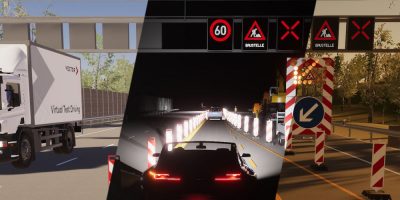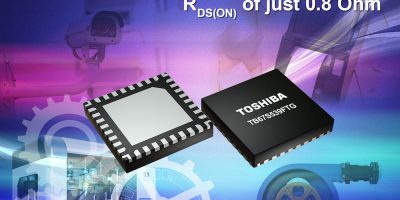Version 6 of DYNA4, the tool for virtual test driving has been released by Vector. DYNA4 R6 expands the possibilities for testing ADAS functions with improvements in the environment sensor models and the visualisation of scenarios. There are also new functions of the simulation standards ASAM OSI for sensor data communication and the road network ASAM OpenDrive.
The release’s DYNA4, the simulation environment for virtual test driving, has enhanced 3D visualisation and camera image generation to address real-time, close-to-reality modelling of the environment. The simulation facilitates the consistent use of physical lighting parameters in driving scenarios. This enables developers to test camera-based control systems in challenging lighting situations such as backlighting or strongly varying light intensities. Camera images are generated with a high dynamic range (HDR) and can then be arranged as Bayer matrix. DYNA4 additionally provides ASAM OSI ground truth information. The object information detected through image processing can be directly validated based on this information. The same applies to other sensor technologies, such as lidar, ultrasound or radar.
DYNA4 is based on simulation standards and includes a variety of interfaces to maximise the possibilities when using the virtual test drives in an existing tool infrastructure. Based on the use of the ASAM OSI standard in DYNA4, object-based sensors can transmit information as OSI messages. Other applications receive these data to process them. For example, CANoe, where the data is used for remaining bus simulation in HIL mode and displayed in the scene window. ASAM OSI considerably reduces the effort required to set up and maintain the interfaces between the simulation and the sensors or engine control units (ECU) functions
Through optimisation of the model structure, version 6 is more user-friendly in the consistent use from MIL, SIL to HIL, says Vector. The company has also worked to make it easier to integrate controller components into the virtual test vehicle. Different variants and development versions of a controller component can be exchanged with each other while the model interface remains constant, without the need for any further model changes. Furthermore, flexible access to signal and control variables in the model has been simplified allowing the user to manipulate them dynamically during a test run.







